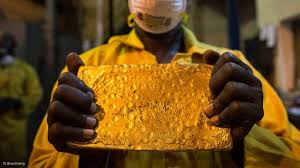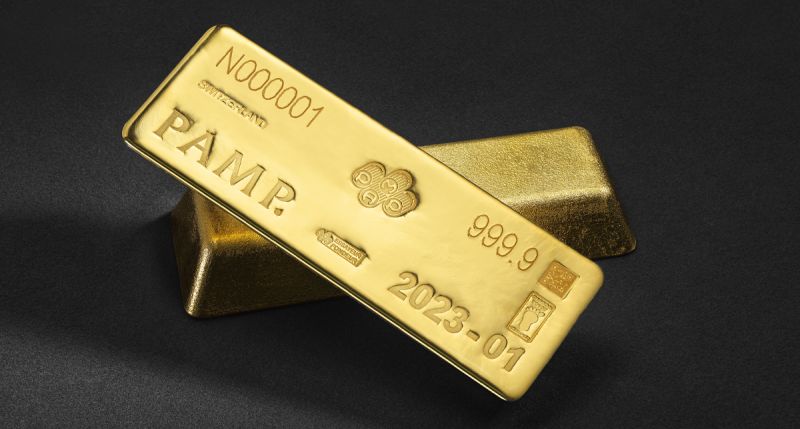Precious Metals

Gold prices fall below key $4,000 as Dubai 24-carat gold holds at AED476.75

Gold prices fell to just below the $4,000 mark on Friday and were on track for an eighth consecutive weekly increase, supported by persistent geopolitical and economic uncertainties and growing expectations of additional U.S. interest rate cuts.
In Dubai, gold rates held largely steady on Friday, with 24-carat gold remaining at AED476.75 and 22-carat gold gaining AED0.25 to AED441.5. Additionally, 21-carat gold held its ground at AED423.25, while 18-carat gold gained AED0.5 to AED363.25.
Globally, spot gold edged down 0.09 percent to $3,957.01 per ounce by 4:24 GMT but remained up 2.2 percent for the week, while U.S. gold futures for December delivery dipped 0.16 percent to $3,966.30.
Gold falls as Mideast tensions ease
Gold prices declined as Israel and the Palestinian militant group Hamas reached a ceasefire agreement on Thursday, marking the first phase of U.S. President Donald Trump’s plan to end the Gaza war.
Under the deal, ratified by Israel’s government on Friday, attacks will halt, Israel will begin a partial withdrawal from Gaza, and Hamas will release all remaining hostages taken during the initial attack that triggered the war, in exchange for hundreds of Palestinian prisoners held by Israel.
Gold soared past the $4,000 mark for the first time on Wednesday, hitting a record high of $4,059.05 per ounce. The non-yielding metal, long viewed as a safe haven during periods of geopolitical and economic turmoil, has climbed roughly 52 percent so far this year.
Its rally has been driven by heightened geopolitical tensions, strong central bank purchases, expectations of further U.S. rate cuts and uncertainty surrounding global trade policies.
Rate cut bets limit gold’s losses
Another key factor driving the rally in gold prices is increased inflows into gold-backed exchange-traded funds. Global physically backed gold ETFs recorded their largest monthly inflow in September, culminating in the strongest quarter on record with inflows totaling $26 billion, according to the World Gold Council.
Minutes from the U.S. Federal Reserve’s September meeting, released on Wednesday, revealed that policymakers viewed risks to the labor market as significant enough to justify a rate cut, though they remained cautious in the face of persistent inflation.
The Fed restarted its rate-cutting cycle in September with a 25-basis-point reduction, and traders now expect additional 25-basis-point cuts in October and December, with probabilities of 95 percent and 80 percent, respectively, according to the CME FedWatch Tool.
Non-yielding gold prices tend to perform well in periods of lower interest rates and heightened economic or geopolitical uncertainty.
Other precious metals
As gold prices declined from the key $4,000 level, the precious metals market saw mixed movement on Friday. Silver rose 0.15 percent to $49.19 per ounce, easing from the record high of $51.22 it hit on Thursday.
Meanwhile, platinum fell 1.45 percent to $1,595.05 and palladium dropped 2.3 percent to $1,379.13.












